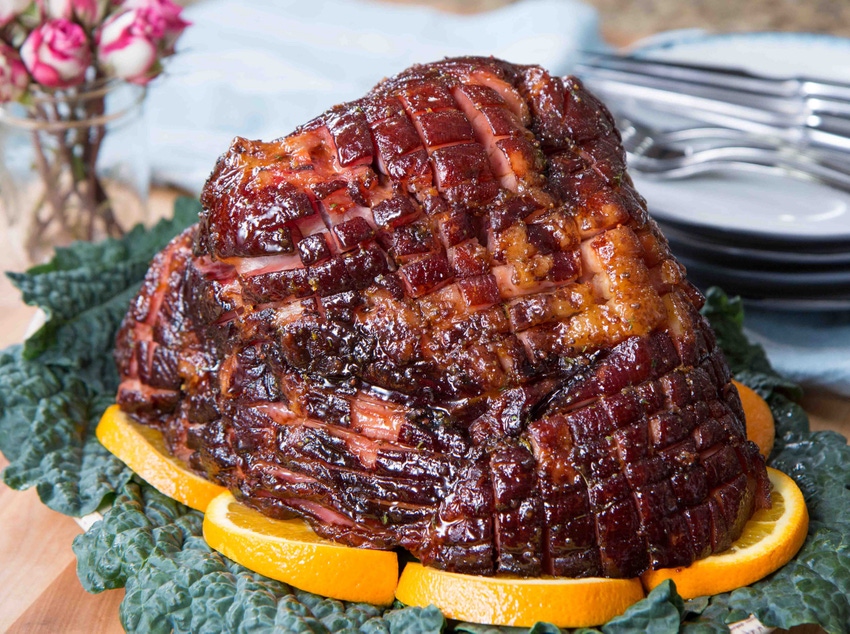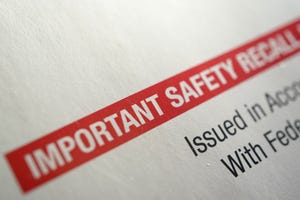Total retail pounds sold in 2020 up 2%, value up 14.5%.

Easter was very different in 2020, changing how people gathered and ate in 2020, which impacted pork and ham sales. To a large degree, the National Pork Board (NPB) expects 2021 to be somewhat similar.
“When we look at U.S. retail ham sales for the three weeks leading up to Easter 2020, we see a 1.7% increase in total pounds sold – 108.6 million pounds sold in 2020, versus 107 million pounds sold in 2019,” NPB reported. According to data from research firm Nielsen, the dollar spend for the same period was up 14.5%, from $217.3 million to $248.7 million.
The 2% increase in volume in 2020 may indicate that the Easter ham was part of consumers’ plans to try to keep the holiday as normal as possible in a very abnormal circumstance, NPB suggested.
Still, in the absence of large family gatherings, NPB said consumers were looking for smaller portions – not the traditional 10-12-pound Easter ham that feeds a large group. Those smaller portions – half-or quarter hams, ham steaks, etc. - typically have a higher unit price.
“So, while we saw a slight increase in volume, it was cut and portioned differently, which impacts the per pound pricing.”
In 2020, consumers were also purchasing more boneless ham options than in 2019. In fact, growth in boneless hams was up 16% by pounds and 31% by dollars. With many at-home cooks preparing their first Easter dinner, the ease and convenience of boneless hams was likely impacted by this trend, NPB explained.
To continue the momentum, NPB has been working with retailers during the last year to help them understand the dynamics of consumer behavior at Easter to better inform their purchasing and merchandising decisions of the 2020 Thanksgiving and Christmas holidays. Those holidays unfolded similarly for consumers as COVID-19 continued to be an issue through the fall and winter months.
“Easter 2021 will likely also be an indicator of how the winter holidays may play out,” NPB said. “As vaccines roll out and pandemic restrictions ease, and families start to travel more, that could start to shift the dynamic again.”
About the Author(s)
You May Also Like





